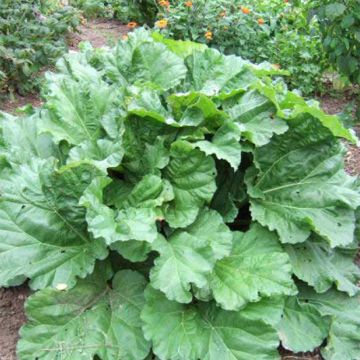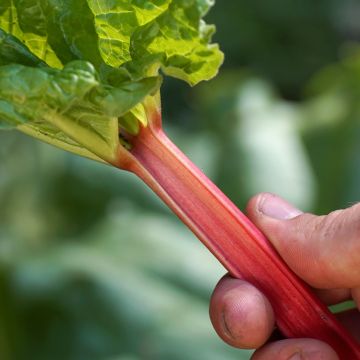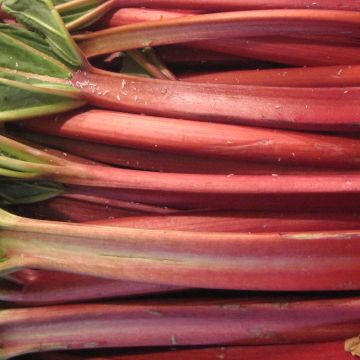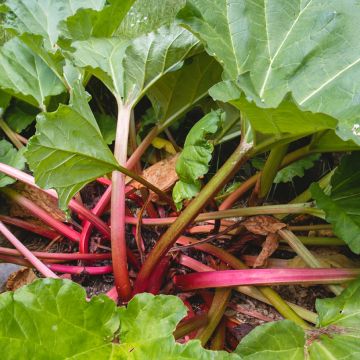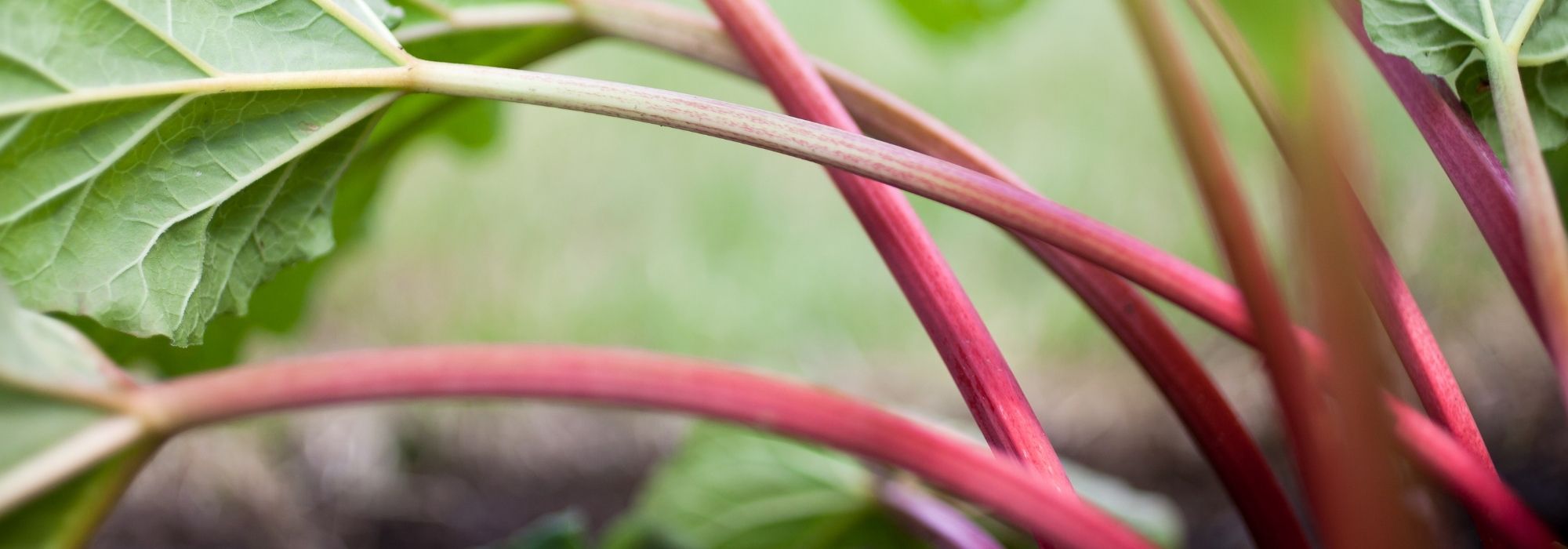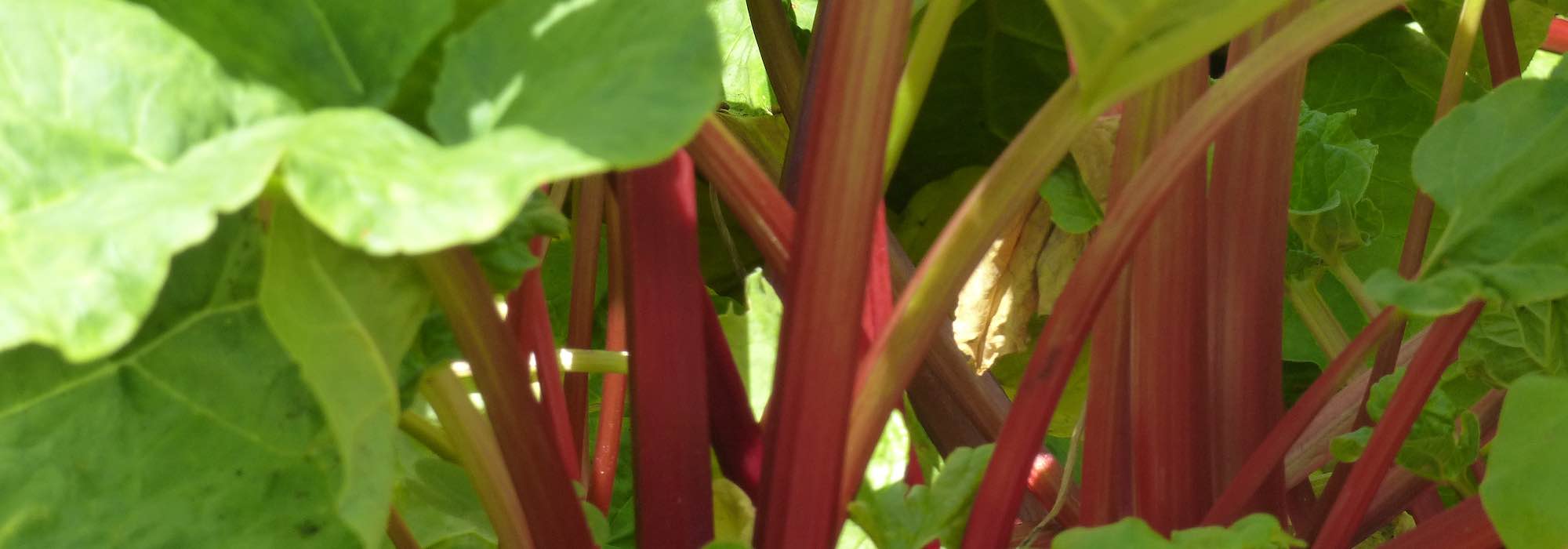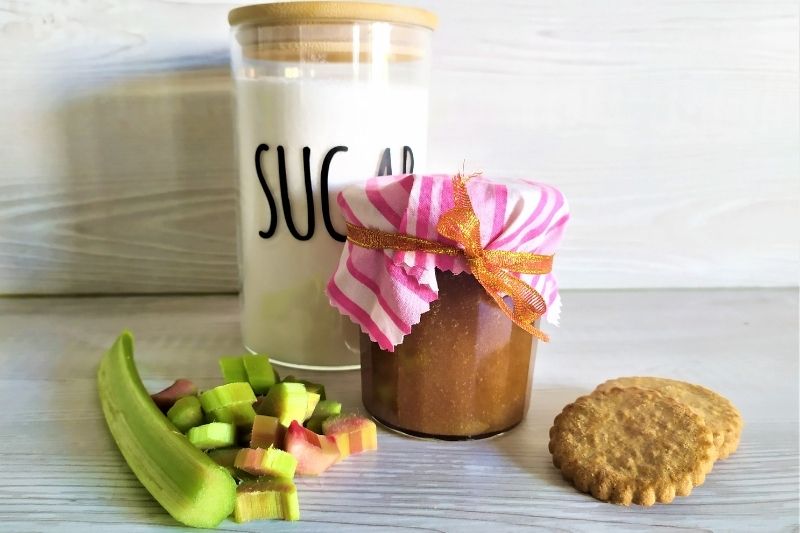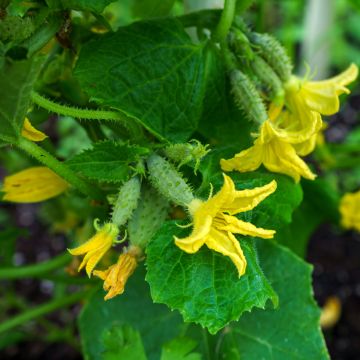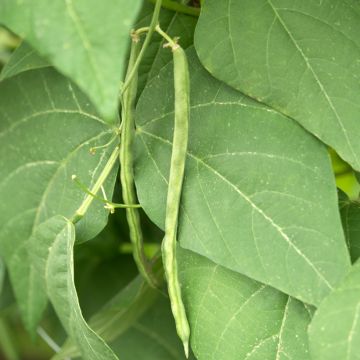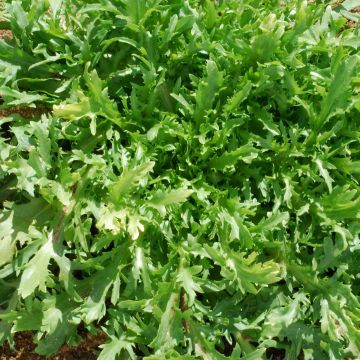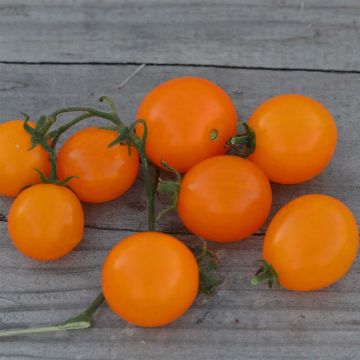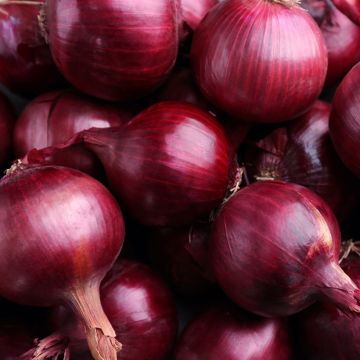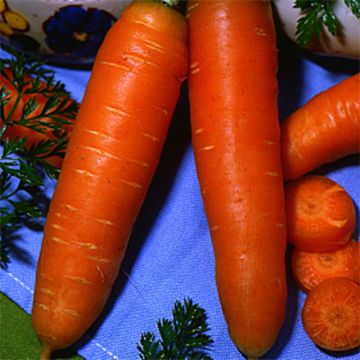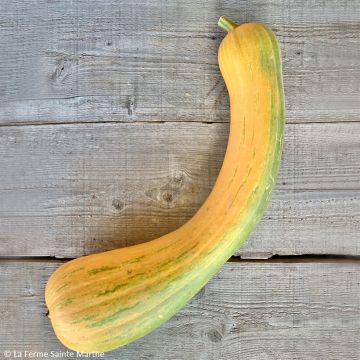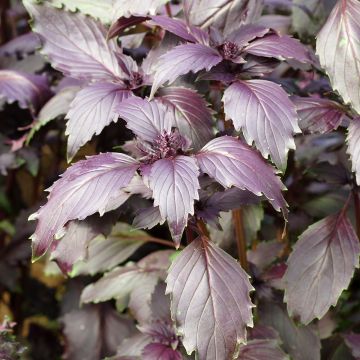

Rheum rhaponticum 'Victoria'
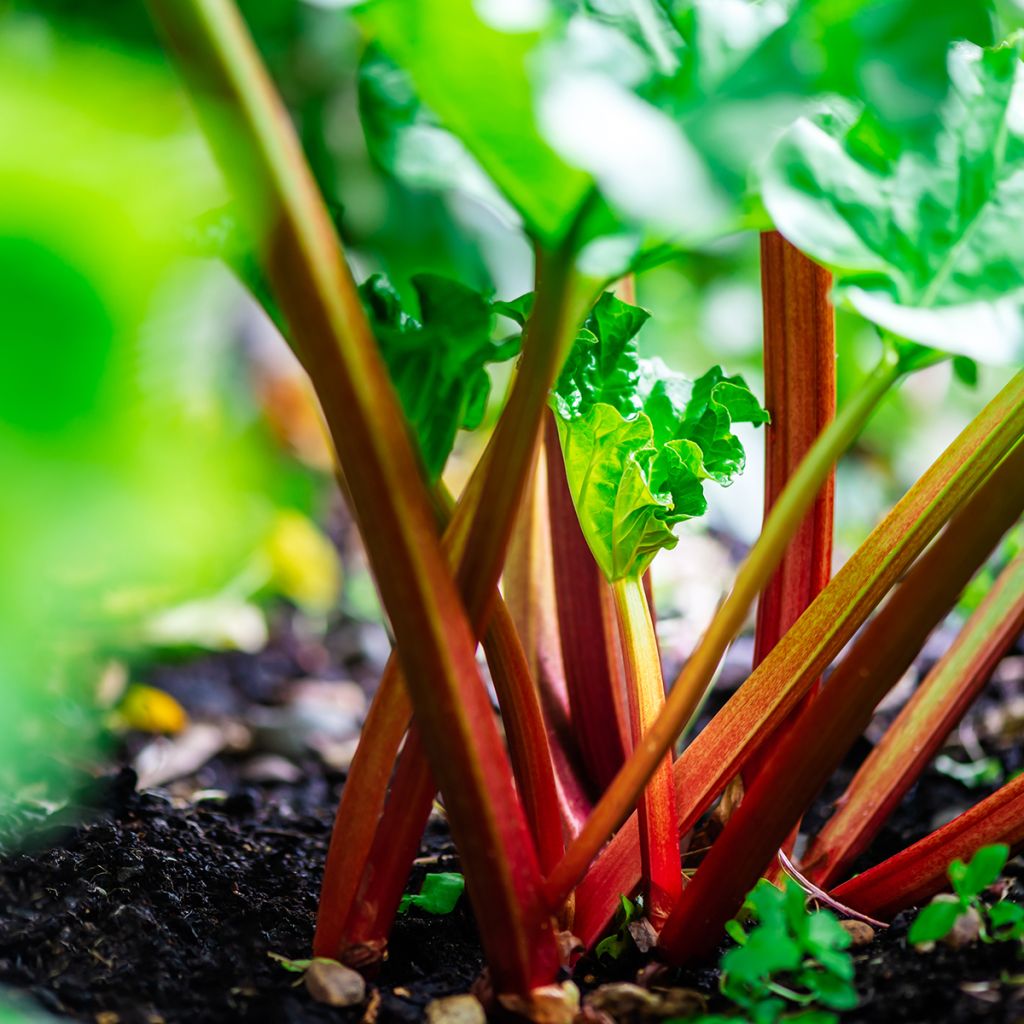

Rheum rhaponticum 'Victoria'
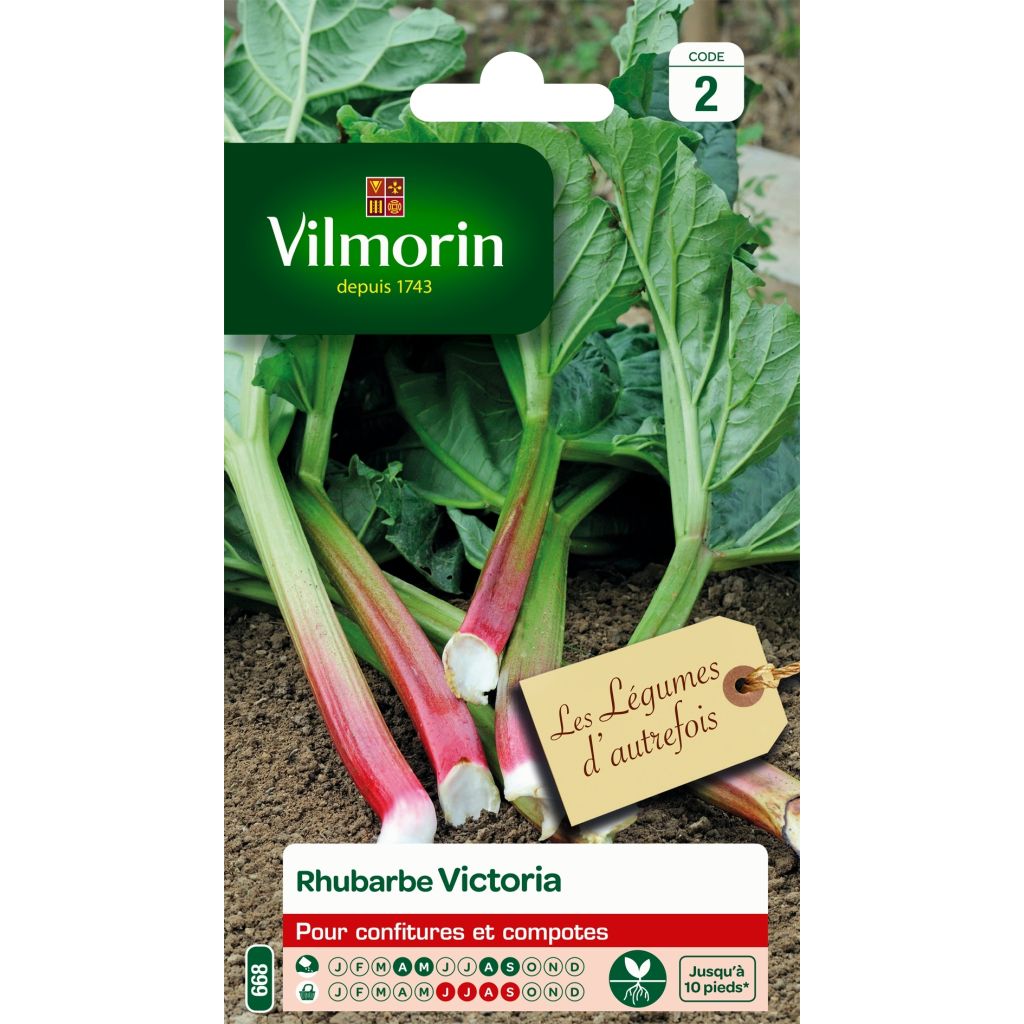

Rhubarbe Victoria - Vilmorin
Rheum rhaponticum 'Victoria'
Rheum rhaponticum Victoria
Rhubarb, Rhubarbe des Jardins
Perfect
Pascale Bellamy, 26/05/2016
Special offer!
Receive a €20 voucher for any order over €90 (excluding delivery costs, credit notes, and plastic-free options)!
1- Add your favorite plants to your cart.
2- Once you have reached €90, confirm your order (you can even choose the delivery date!).
3- As soon as your order is shipped, you will receive an email containing your voucher code, valid for 3 months (90 days).
Your voucher is unique and can only be used once, for any order with a minimum value of €20, excluding delivery costs.
Can be combined with other current offers, non-divisible and non-refundable.
Why not try an alternative variety in stock?
View all →This plant carries a 6 months recovery warranty
More information
We guarantee the quality of our plants for a full growing cycle, and will replace at our expense any plant that fails to recover under normal climatic and planting conditions.
Description
The 'Victoria' Rhubarb from Vilmorin is a perennial vegetable plant that grows up to 1.5m (5ft) tall and flowers. Cultivated for its large fleshy stalks of very good taste, they are used cooked as a garnish or in jam. Sow in April-May or August-September, harvest 2 years later
This variety of Rhubarb is usually harvested from May 15th and offers stalks weighing between 500g and 1kg. In the garden, it requires a space of 1.2m2.
Native to Asia and belonging to the Polygonaceae family, Garden Rhubarb bears the Latin name Rheum rhaponticum. It is a hardy perennial vegetable plant introduced to Europe by Marco Polo. First used as a medicinal plant, its rhizome was employed in Chinese medicine in antiquity, but it has only been consumed as food since the 18th century.
Rhubarb is a vigorous plant that produces large leaves, the petiole of which is usually green tinged with red and consumed. It is a stem vegetable that forms a large clump that can reach two metres wide and tall when in flower. Its flowering is not systematic and occurs in June in the form of white panicles of flowers. It is rather ornamental but takes away from the leaves and tends to weaken the plant. That's why it is often recommended to remove the flower stalks before they develop.
In the garden, it thrives best in moist, fertile soil and cool climate. Therefore, you should plant it in rich soil, preferably in partial shade, ensuring sufficient space for its development, at least 1 metre (3 feet), or even 1.5 square metres.
The peak season for Rhubarb production is May-June, but it usually offers some stalks in September-October. In the kitchen, the petioles are cooked and consumed in jam, compote, marmalade, and as pie filling. Its tangy flavor pairs well with strawberries, so try this combination in a crumble, it's delicious!
Rhubarb has appetizing, astringent, and refreshing properties, and contains vitamins (B, C) and minerals (calcium, magnesium, iron). But be careful, its leaves, which are terribly rich in oxalic acid, are toxic.
Harvest: The petioles are harvested in May-June, with a second harvest in September-October.
Storage: Rhubarb petioles can be stored for a few days in the vegetable compartment of the refrigerator or for a few months, cut into pieces, in the freezer.
Gardener's tip: Rhubarb leaves are toxic, but you can safely add them to your compost and even use them to prepare a liquid fertilizer that will repel aphids.
.
Harvest
Plant habit
Foliage
Botanical data
Rheum
rhaponticum
Victoria
Polygonaceae
Rhubarb, Rhubarbe des Jardins
Cultivar or hybrid
Perennial
Planting and care
Sowing:
Rhubarb seeds are sown in April-May or August-September, in buckets or trays filled with good soil enriched with well-decomposed compost, in a shaded area. Germination usually takes between 10 and 30 days, so keep the substrate moist but not waterlogged during this period.
When your plants reach the 4-5 leaf stage, transplant them into buckets where they will spend their first winter under cover.
The plants are then planted in the garden in March-April.
Cultivation:
Rhubarb thrives best in moist, fertile soil and cool climates. Therefore, plant it in rich soil or soil that has been previously enriched (3 to 4kg of compost per square metre), preferably in partial shade, ensuring that it has enough space for its development, at least 1 metre (3 feet), or even 1.5 square metres.
Rhubarb is generous but it is also demanding, so an annual compost application is highly recommended.
Don't be too impatient, the first harvest should not take place before 2 years after sowing, otherwise it may exhaust the plant.
Seedlings
Care
Intended location
Planting & care advice
-
, onOrder confirmed
Reply from on Promesse de fleurs
Similar products
Haven't found what you were looking for?
Hardiness is the lowest winter temperature a plant can endure without suffering serious damage or even dying. However, hardiness is affected by location (a sheltered area, such as a patio), protection (winter cover) and soil type (hardiness is improved by well-drained soil).

Photo Sharing Terms & Conditions
In order to encourage gardeners to interact and share their experiences, Promesse de fleurs offers various media enabling content to be uploaded onto its Site - in particular via the ‘Photo sharing’ module.
The User agrees to refrain from:
- Posting any content that is illegal, prejudicial, insulting, racist, inciteful to hatred, revisionist, contrary to public decency, that infringes on privacy or on the privacy rights of third parties, in particular the publicity rights of persons and goods, intellectual property rights, or the right to privacy.
- Submitting content on behalf of a third party;
- Impersonate the identity of a third party and/or publish any personal information about a third party;
In general, the User undertakes to refrain from any unethical behaviour.
All Content (in particular text, comments, files, images, photos, videos, creative works, etc.), which may be subject to property or intellectual property rights, image or other private rights, shall remain the property of the User, subject to the limited rights granted by the terms of the licence granted by Promesse de fleurs as stated below. Users are at liberty to publish or not to publish such Content on the Site, notably via the ‘Photo Sharing’ facility, and accept that this Content shall be made public and freely accessible, notably on the Internet.
Users further acknowledge, undertake to have ,and guarantee that they hold all necessary rights and permissions to publish such material on the Site, in particular with regard to the legislation in force pertaining to any privacy, property, intellectual property, image, or contractual rights, or rights of any other nature. By publishing such Content on the Site, Users acknowledge accepting full liability as publishers of the Content within the meaning of the law, and grant Promesse de fleurs, free of charge, an inclusive, worldwide licence for the said Content for the entire duration of its publication, including all reproduction, representation, up/downloading, displaying, performing, transmission, and storage rights.
Users also grant permission for their name to be linked to the Content and accept that this link may not always be made available.
By engaging in posting material, Users consent to their Content becoming automatically accessible on the Internet, in particular on other sites and/or blogs and/or web pages of the Promesse de fleurs site, including in particular social pages and the Promesse de fleurs catalogue.
Users may secure the removal of entrusted content free of charge by issuing a simple request via our contact form.
The flowering period indicated on our website applies to countries and regions located in USDA zone 8 (France, the United Kingdom, Ireland, the Netherlands, etc.)
It will vary according to where you live:
- In zones 9 to 10 (Italy, Spain, Greece, etc.), flowering will occur about 2 to 4 weeks earlier.
- In zones 6 to 7 (Germany, Poland, Slovenia, and lower mountainous regions), flowering will be delayed by 2 to 3 weeks.
- In zone 5 (Central Europe, Scandinavia), blooming will be delayed by 3 to 5 weeks.
In temperate climates, pruning of spring-flowering shrubs (forsythia, spireas, etc.) should be done just after flowering.
Pruning of summer-flowering shrubs (Indian Lilac, Perovskia, etc.) can be done in winter or spring.
In cold regions as well as with frost-sensitive plants, avoid pruning too early when severe frosts may still occur.
The planting period indicated on our website applies to countries and regions located in USDA zone 8 (France, United Kingdom, Ireland, Netherlands).
It will vary according to where you live:
- In Mediterranean zones (Marseille, Madrid, Milan, etc.), autumn and winter are the best planting periods.
- In continental zones (Strasbourg, Munich, Vienna, etc.), delay planting by 2 to 3 weeks in spring and bring it forward by 2 to 4 weeks in autumn.
- In mountainous regions (the Alps, Pyrenees, Carpathians, etc.), it is best to plant in late spring (May-June) or late summer (August-September).
The harvesting period indicated on our website applies to countries and regions in USDA zone 8 (France, England, Ireland, the Netherlands).
In colder areas (Scandinavia, Poland, Austria...) fruit and vegetable harvests are likely to be delayed by 3-4 weeks.
In warmer areas (Italy, Spain, Greece, etc.), harvesting will probably take place earlier, depending on weather conditions.
The sowing periods indicated on our website apply to countries and regions within USDA Zone 8 (France, UK, Ireland, Netherlands).
In colder areas (Scandinavia, Poland, Austria...), delay any outdoor sowing by 3-4 weeks, or sow under glass.
In warmer climes (Italy, Spain, Greece, etc.), bring outdoor sowing forward by a few weeks.






























